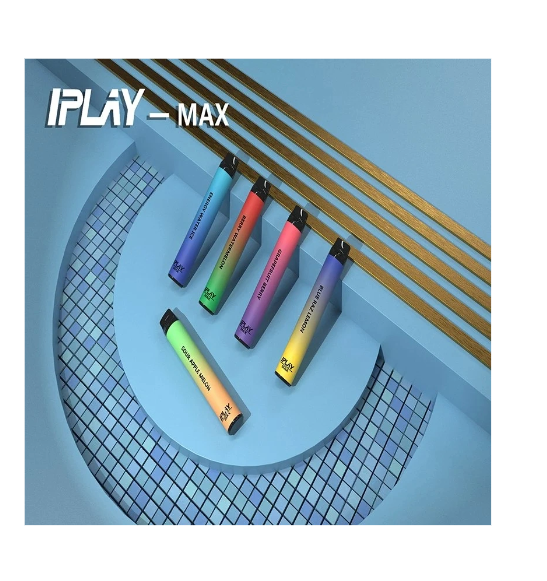The United States has developed a new UV LED for portable lighting
Iplay Vape - Manufacturers, Factory, Suppliers From China
We intention to see quality disfigurement within the creation and supply the ideal support to domestic and overseas buyers wholeheartedly for Iplay Vape, Vape Bar , Vape Pod System , Cbd Vape Disposable ,Cloud Vape.The principle of our company is to provide high-quality products, professional service, and honest communication. Welcome all friends to place trial order for creating a long-term business relationship.
IPALY Vape,IPALY Disposable E-Cigarette,IPALY Disposable Vape Pen,IPALY Disposable Device,IPALY 500Mah Vape Kit TSVAPE Wholesale/OEM/ODM , https://www.tsecigarette.com
This patent pending LED creates a more precise UV wavelength than commercial UV LEDs on the market and can operate at lower voltages than other experimental methods used to create precise UV wavelengths. For the sake of simplicity.
This LED is suitable for chemical detection applications, disinfection applications and UV curing applications. After further development, perhaps one day it will provide a source for UV laser eye surgery and computer chip manufacturing.
Roberto Myers, an associate professor at the Ohio State University's School of Materials Science and Engineering, said: "The unique design allows engineers to energize the nanowires to activate rare earth metals, something our team had not thought about before. As far as we know, no one ever Drive the electronics through the internals of the LEDs, we just want to know what happens next."
It is not used to make high-quality UV LEDs, but to conduct a simple experiment to detect the basic properties of a new material they are studying. This material is called tantalum nitride. During this experiment, doctoral student Thomas Kent noticed that the strong emission line of the yttrium element can control the current. When different elements are excited, they emit different wavelengths of fluorescence, while the emitted fluorescence is the strongest.
Engineers have found that erbium-doped nanowires shine brightly at certain UV frequencies. It is not uncommon to activate different materials to produce light, but materials that emit light under ultraviolet light are difficult to activate. The only additionally reported electronically controlled xenon light emission requires a voltage of more than 250V.
The Ohio State University research team found that in the nanowire LED structure, the same effect can be produced with an ultra-low operating voltage of about 10V. High-voltage devices are difficult to miniaturize, and nanowire LEDs are only 10V, which is very helpful for portable devices.
As for the cost, Kent pointed out that their team is growing LEDs on standard silicon wafers, which is cheaper and easier to use on a large scale in industrial production.
The team is currently trying to maximize the efficiency of UV LEDs, and Ohio State University's Office of Technology Commercialization and Knowledge Transfer will issue industry licenses for this design and methods for making special erbium-doped nanowires. 
